Hello, this is Conservario.
Do you use an amp during your practice sessions?
If you do, congratulations—you’re on the right track! Keep practicing with it.
If not, you’re missing out, so grab any amp and start using it today.
Why is an amp crucial for practicing with an electric guitar? Allow me to explain alongside a recommendation for a great amp.
Electric guitars are designed to work with amps.
Electric guitars are not instruments designed for practice or performance using its natural, unamplified sound like an acoustic guitar.
In an acoustic guitar, the body itself acts as an amplifier, projecting sound effectively through the soundhole.
On the other hand, electric guitars rely on pickups to capture string vibrations and output the sound through an amp.
Practicing without an amp is akin to playing an acoustic guitar without its body.
You’re just not going to improve.
Worse, your skills may actually regress.
If you have an electric guitar, try strumming the chords you already know.
You might think, “Electric guitars are easier to play than acoustics because the strings and neck are thinner!”
While I haven’t heard your performance, I’d guess there are probably extra strings ringing out or your picking hand is too forceful.
When playing chords or leads on an electric guitar, it’s crucial to avoid producing unnecessary sounds.
Take the D chord, for instance.
It’s played as XX0232 from the sixth string.
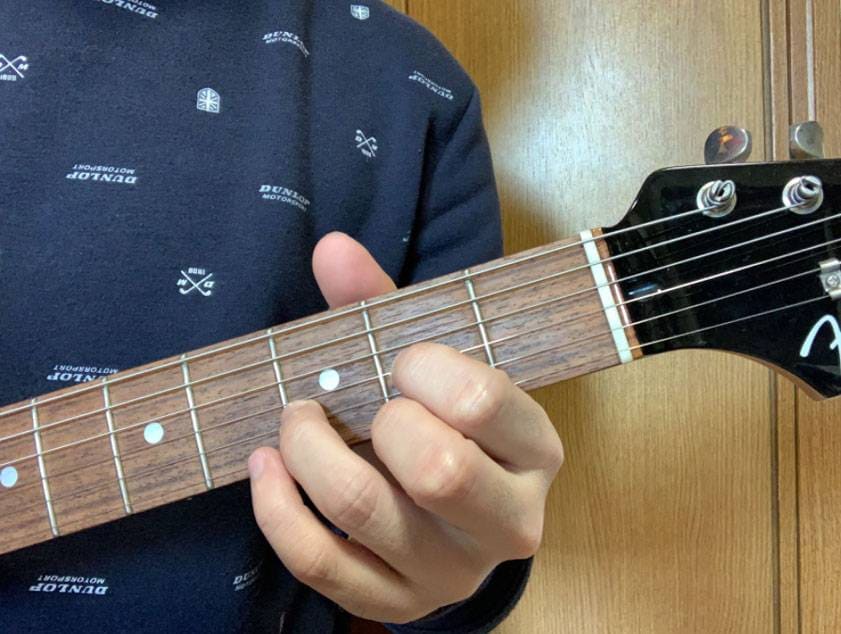
The 6th and 5th strings are generally avoided when playing a D chord because including them makes the chord sound less like a proper D.
If you’re practicing with an amp, you’ll notice the muddiness or unnatural tones right away.
However, without an amp, it’s difficult to detect these unwanted sounds because you can only hear the notes you’re fretting.
However, those who play unplugged without connecting their guitar to an amp can only hear the notes they are fretting.
If such players suddenly perform with a band or in a live setting, connecting to a large, multi-tiered amp in a studio might result in a cacophony—”ZAAANG!!!”—making it hard to discern the chords being played.
To avoid this, make a habit of practicing with an amp, paying close attention to ensure no unnecessary strings or unwanted sounds are being played.
Connecting back to the earlier discussion about unwanted sounds, players who practice electric guitar unplugged often develop a distinctive right-hand technique.
Their picking and strumming tend to be excessively forceful.
This is a natural result of practicing unplugged since the low volume of unplugged sound compels players to strike the strings harder to hear themselves.
As a result, many players end up strumming or picking with such intensity that it feels like the strings might snap.
I’ve worked with various students in lessons, and it’s immediately clear from just a single note if someone primarily practices unplugged.
Their picking and strumming are drastically different from standard techniques.
This aggressive, forceful style, reminiscent of old-school rock musicians trying to overpower an amp, isn’t suitable for modern guitarists.
Instead, plug into an amp and play with a relaxed, controlled touch.
Let me introduce a recommended amp to wrap things up.
↓ This one ↓
Marshall / MG10
For beginners unsure about which amp to choose, this one is perfect.
Marshall, a legendary brand deeply tied to the history of electric guitars and rock music, produces this model.
Remarkably, it costs less than 10,000 yen.
Experiencing the iconic Marshall sound at this price is a true privilege of our era.
This amp is excellent for practice, too.
It supports headphones, making it suitable for nighttime use.
While regular headphone practice is fine, there’s nothing like the sound of an amp resonating through the air. That’s the true essence of amp sound.
Therefore, I recommend practicing at reasonable times and volumes to avoid disturbing neighbors or family members.
Conclusion
Using an amp for electric guitar practice is essential.
I understand the hesitation, as it can be bothersome to connect it and worry about complaints.
However, this is part of the electric guitar experience.
As I mentioned earlier, practicing without an amp can actually hinder your progress.
If you’ve bought an electric guitar, don’t you want to improve and enjoy playing on your own or even start a band?
To get closer to that dream or goal, an amp is essential.
No matter what kind of playing you do, whether clean or distorted, electric guitars and amps go hand-in-hand. Without an amp, you won’t achieve ‘that sound’.
Electric guitar practice only truly begins when you use an amp.
If you’re used to practicing unplugged, make the switch to using an amp immediately.
Thank you for reading until the end.
The column “sound & person” is made possible by your contributions.
For more information about submissions, click here.





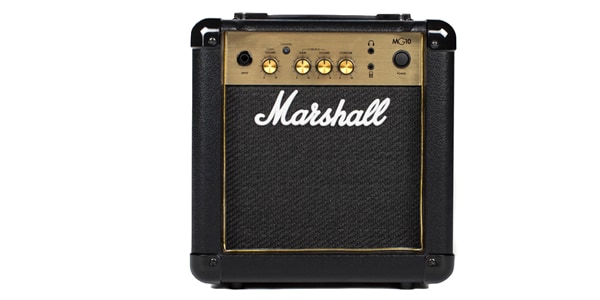







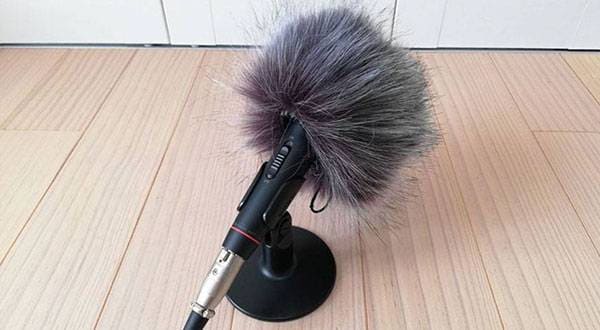

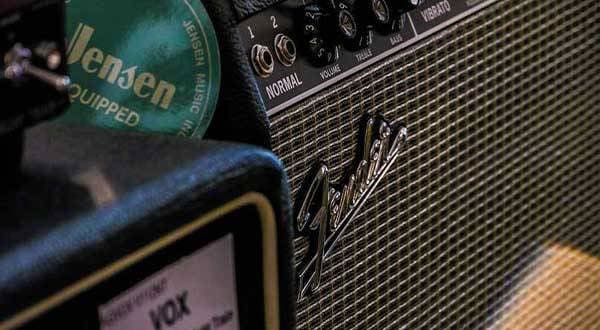
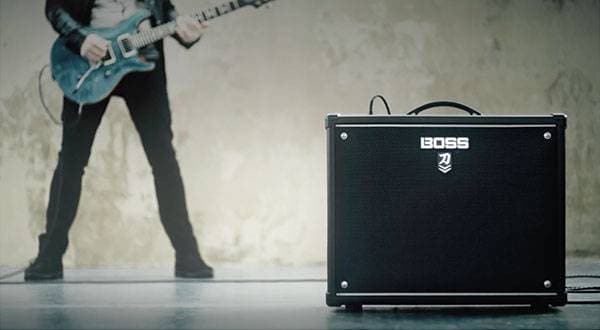
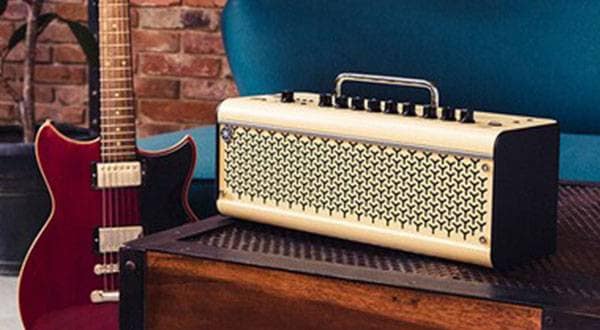
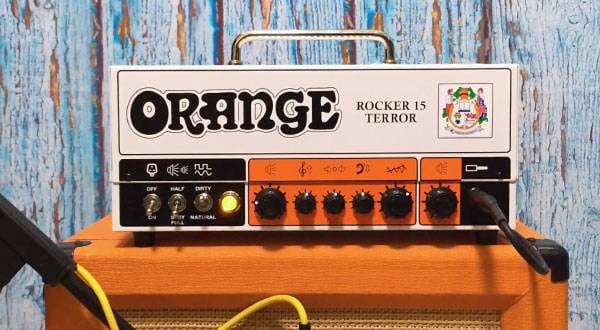
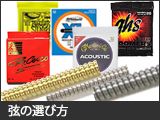 エレキギター弦の選び方
エレキギター弦の選び方
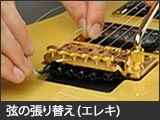 弦の張り替え(エレキギター)
弦の張り替え(エレキギター)
 ギターのお手入れ
ギターのお手入れ
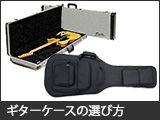 ギターケースの選び方
ギターケースの選び方
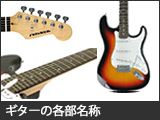 ギターの各部名称
ギターの各部名称
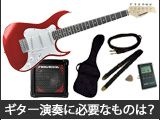 ギター演奏に必要なものは?
ギター演奏に必要なものは?















